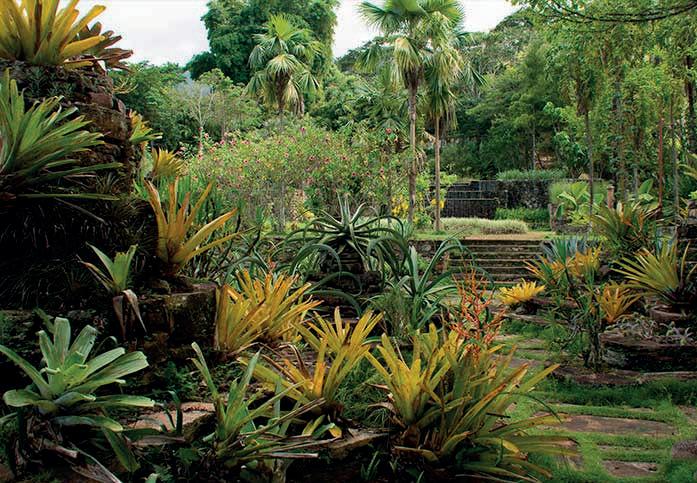
2 minute read
1. Resumen
El paisajismo es el arte de diseñar jardines y parques. Además se lo puede considerar como el proceso racional por el cual el hombre utiliza a la naturaleza, con el n de poder expresarse y al mismo tiempo obtener otros bene cios.
La historia del paisajismo, comienza con la aparición de los primeros jardines en Egipto y la Mesopotamia. Los egipcios basaban su jardinera en la utilidad, ya sea para alimentarse, como sombra mediante la alineación de palmeras o estanques donde abundan peces comestibles. Los diseños utilizados por los egipcios son muy geométricos. También se destaca Babilonia por sus jardines colgantes y otros jardines famosos a lo largo de la historia son los griegos y romanos, los griegos tenían jardines interiores en sus casas y los romanos heredaron esta tradición de los griegos de construir jardines en el interior de sus casas a los cuales llamaron hortus que le proporcionaban alimentos y ores.
Advertisement
En la actualidad el punto de vista principal del paisajista cambio, ahora lo principal es integrar los jardines dentro de las grandes urbes, creando grandes espacios verdes en las ciudades para conjugar las grandes construcciones con la naturaleza, a diferencia de lo hecho en los comienzos de la historia del paisajismo. Estos aportan toda su estética y constituyen un espacio de recreación y oxigenación para las pobladísimas ciudades de este siglo.
RESUMEN
Landscaping is the art of designing gardens and parks. In addition, it can be considered as the rational process by which man uses nature, in order to express himself and at the same time obtain other benefits.
The history of landscaping begins with the appearance of the first gardens in Egypt and Mesopotamia. The Egyptians based their planter on utility, either for food, as shade through the alignment of palm trees or ponds where edible fish abound. The designs used by the Egyptians are very geometric. Babylon is also noted for its hanging gardens and other famous gardens throughout history are the Greeks and Romans, the Greeks had interior gardens in their houses and the Romans inherited this tradition from the Greeks of building gardens inside their houses which they called hortus who provided food and flowers.
At present the main point of view of the landscaper has changed, now the main thing is to integrate the gardens within the large cities, creating large green spaces in the cities to combine large buildings with nature, unlike what was done in the early days of the history of landscaping. These provide all their aesthetics and constitute a space for recreation and oxygenation for the most populated cities of this century











